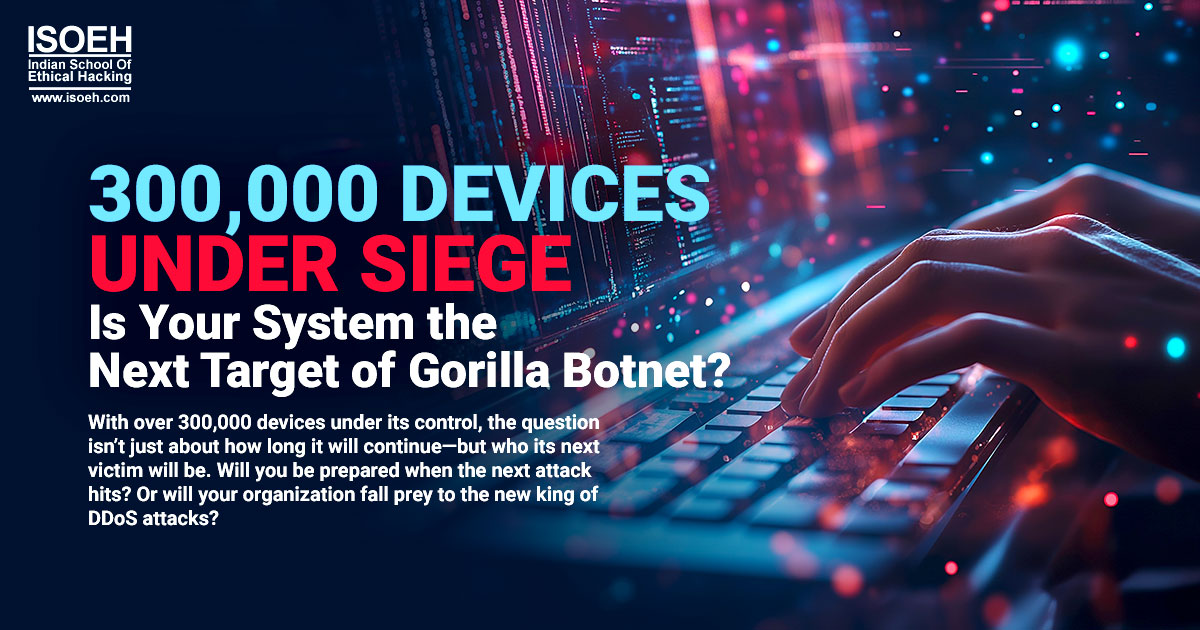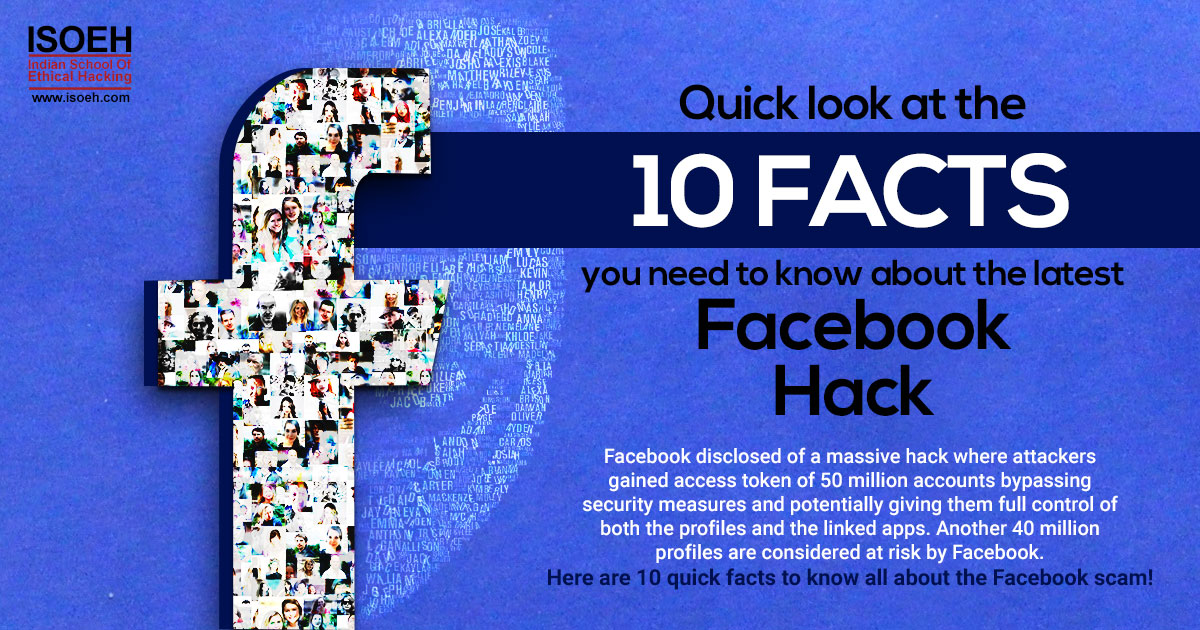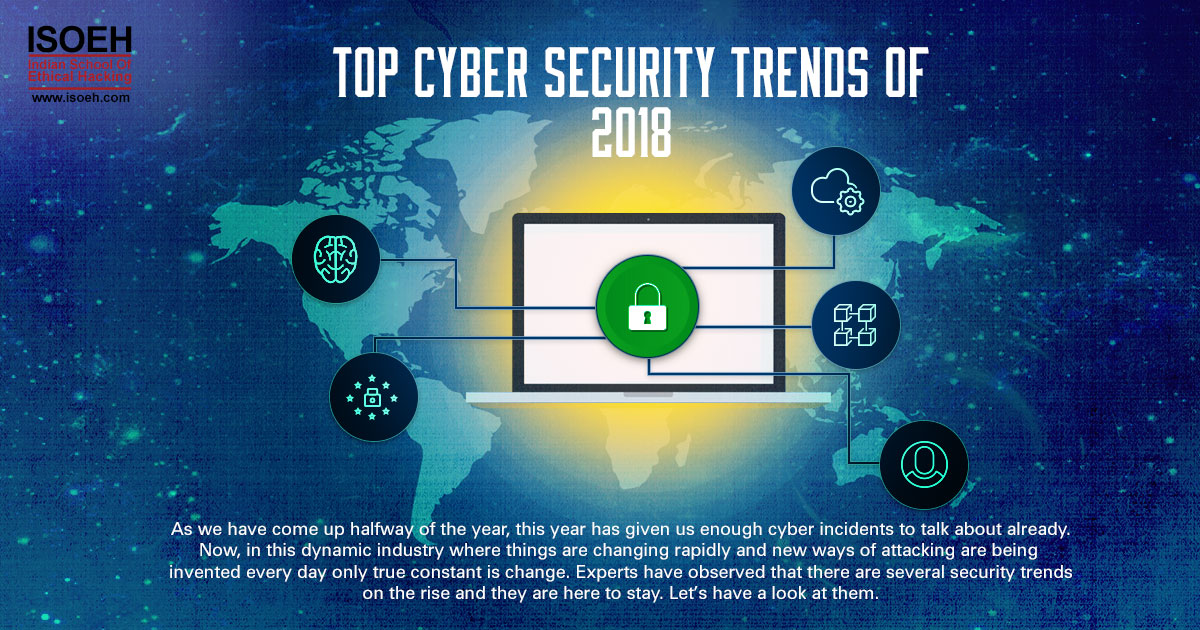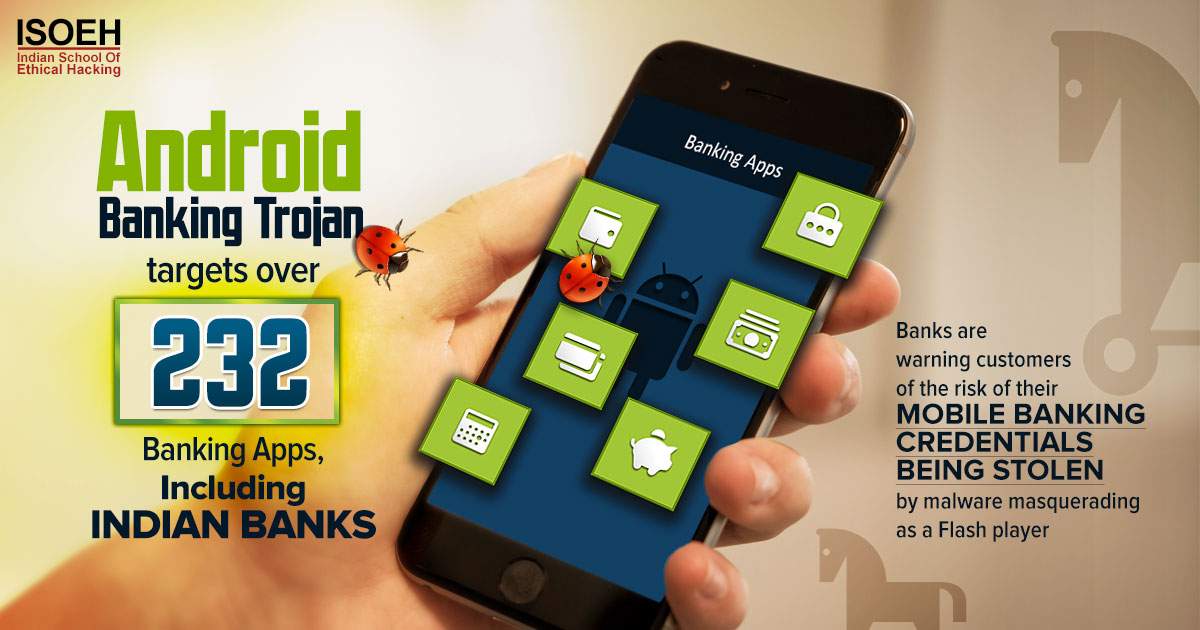
Are You Safe from The Gorilla Botnet? Discover How This New King of DDoS Is Attacking Worldwide!
In the realm of cybersecurity, a new threat has taken centre stage, leaving a trail of disruption across the globe—meet Gorilla Botnet. The recent surge in Distributed Denial-of-Service (DDoS) attacks orchestrated by this botnet has sent waves of alarm among experts, businesses, and governments alike. But what exactly is the Gorilla Botnet, how does it work, and why should you be concerned?
In this article, we'll break down this cyber menace in a way that's easily understandable, especially for beginners. By the end, you'll not only grasp the workings of the Gorilla Botnet but also realize the gravity of the threat it poses to organizations, infrastructures, and online services worldwide.
What is Gorilla Botnet?
Simply put, Gorilla Botnet is a large network of compromised devices (often referred to as "bots" or "zombies") that work together to launch massive cyberattacks, specifically DDoS attacks. It has been called the "new king of DDoS attacks" due to the unprecedented scale and sophistication it has reached. Botnets are not new, but Gorilla Botnet stands out for its sheer size—controlling over 300,000 compromised devices - and its ability to unleash havoc in multiple countries simultaneously.
How Does Gorilla Botnet Work?
Gorilla Botnet operates similarly to other botnets but with far greater coordination, scalability, and power. Here's a step-by-step breakdown of how it works:
1. Compromising Devices
The Gorilla Botnet begins by infecting vulnerable devices, ranging from computers and servers to Internet of Things (IoT) devices like smart home gadgets, cameras, and routers. The infection typically occurs through malware that takes advantage of unpatched software, weak passwords, or open ports. The infected devices are then secretly recruited into the botnet without the knowledge of their owners.
2. Building the Network
Once compromised, these devices become part of a global botnet—a vast network controlled by cybercriminals. The more devices infected, the larger and more powerful the botnet becomes. In the case of Gorilla Botnet, it has quickly grown to a staggering 300,000 devices, which is why it has been able to launch such destructive attacks on a global scale.
3. Launching DDoS Attacks
The primary function of the Gorilla Botnet is to execute DDoS attacks. A DDoS attack involves flooding a target server or network with massive amounts of traffic, overwhelming its capacity, and causing it to crash. This effectively takes down websites, online services, or even entire networks. The scale of the attacks launched by Gorilla Botnet is unprecedented, with some reports indicating that it can generate over 100Gbps of traffic in a single attack.
4. Targeting Multiple Countries
What makes the Gorilla Botnet particularly dangerous is its ability to attack multiple targets across different countries simultaneously. Recent reports have documented attacks in regions such as North America, Europe, and Asia, making it a global threat. Organizations ranging from financial institutions to government agencies have been affected, causing significant disruptions to essential services.
Why Should You Care?
The impact of Gorilla Botnet is far-reaching, and no one is immune. Whether you are an individual, a small business, or a large enterprise, the repercussions of a DDoS attack can be devastating. Downtime caused by such attacks can lead to loss of revenue, compromised data, and damaged reputations. In some cases, organizations have been forced to pay hefty ransoms just to restore their services.
With the Gorilla Botnet showing no signs of slowing down, it's critical to understand the scale of the threat and how to protect yourself against it.
Latest News and Reports on Gorilla Botnet
The emergence of the Gorilla Botnet has caught the attention of cybersecurity experts and agencies worldwide. Here are some key highlights from recent reports:
- NSFOCUS reports that Gorilla Botnet has launched over 300,000 DDoS attacks globally, affecting both public and private sectors.
- SISA InfoSec highlights that the botnet's attacks are primarily focused on financial institutions, government agencies, and critical infrastructure, causing widespread disruptions.
- The Hacker News reported that the botnet is leveraging vulnerable IoT devices, exploiting their weak security measures to scale its operations further.
- TechWire Asia emphasizes that Gorilla Botnet is wreaking havoc in multiple countries, leading to concerns about the vulnerability of global infrastructure to such large-scale cyberattacks.
How to Protect Against Gorilla Botnet?
So, what can be done to safeguard against the Gorilla Botnet? While no defence is foolproof, there are several best practices that individuals and organizations can follow to minimize their risk:
- Keep Software Updated: Ensure that all devices—whether they are computers, servers, or IoT gadgets—are running the latest software updates. Patches and updates often contain critical security fixes that can prevent malware infections.
- Strengthen Passwords: Weak passwords are a common gateway for botnets to infect devices. Use complex, unique passwords for all devices, and consider using a password manager to keep track of them.
- Monitor Network Traffic: Monitoring incoming and outgoing network traffic can help detect abnormal patterns that may indicate a botnet infection or an ongoing DDoS attack.
- Employ DDoS Protection: Investing in DDoS protection services can help mitigate the effects of an attack, preventing downtime and ensuring that critical services remain operational.
- Segment Networks: By segmenting your network, you can isolate infected devices and prevent the botnet from spreading throughout your entire infrastructure.
Is This the Beginning of a Cyber Apocalypse?
The rapid rise of the Gorilla Botnet is a stark reminder that cyber threats are evolving faster than ever before. With over 300,000 devices under its control, the question isn't just about how long it will continue - but who its next victim will be. Will you be prepared when the next attack hits? Or will your organization fall prey to the new king of DDoS attacks?
As more and more devices become interconnected, the potential for botnets like Gorilla to grow even larger is alarming. Now is the time to act, to secure your devices, and to ensure that you're not caught off-guard. The era of the Gorilla Botnet is upon us, and it's not going away anytime soon.
Hacking Tools
Explore All Hacking Tools »
UFTP is an encrypted multicast file transfer program for secure, reliable & efficient transfer of files. It also helps in data distribution over a satellite link.
Read DetailsBreaking News
Breaking News Of Each Month »
The recent pandemic was unexpected and unknown to most part of the world. It has changed our life and we are slowly adapting to our new lifestyle. The risks associated with the new lifestyle, both personal & corporate, are unknown to most of us.
Read Details















